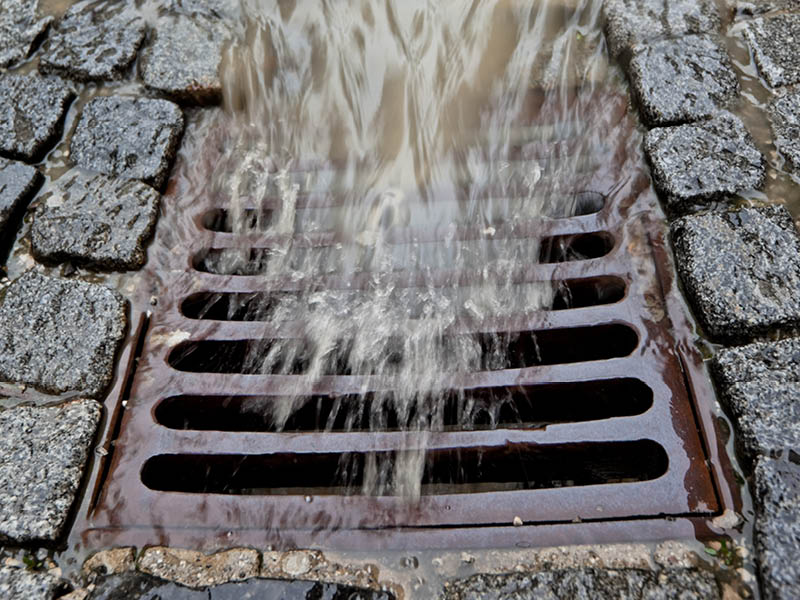The ideal urban landscape minimizes runoff and runoff pollution, so that most of the rain that falls is returned to soils, vegetation, and the atmosphere. But what can communities do to achieve this goal?
See our updated and redesigned Soak It Up! Toolkit, which includes a brand new feature, the Stormwater Scorecard, to help communities assess their progress to date and identify priorities for further action.
The Toolkit outlines 16 actions your municipality can take to reduce runoff and runoff pollution, providing examples of what other communities are doing and insights from practitioners about what works, and what doesn’t.
Actions range from community engagement and capacity building, to implementing green infrastructure on public property (green streets, alleys, and parks), requiring and incentivizing action in new development, supporting the urban forest and healthy soils, and strategies for retrofitting existing developed lands.
The accompanying Stormwater Scorecard will help users to assess a community’s existing policies, plans, and programs to manage rain where it falls, including steps to implement green stormwater infrastructure and low impact development. Anyone with an interest (decision-makers, stormwater managers, community groups, members of the public) can evaluate what their community could and should be doing to reduce runoff and runoff pollution.
The Scorecard was developed in spring 2017 by Green Communities Canada in partnership with the Canadian Freshwater Alliance and the Our Living Waters Network, supported by a grant from Tides Canada and Mountain Equipment Coop.
A pilot survey conducted as part of Scorecard development asked community representatives about their community’s approach to stormwater management. Responses from 30 Canadian communities across six provinces indicate that most communities have not progressed very far to date in adapting urban landscapes to manage rain where it falls. Many communities have some publicly accessible green infrastructure demonstration projects, but most have fewer than 10 of these projects – far less than is needed to transform how rain is managed on the landscape.
Two communities in the survey charge a stormwater fee based on impervious area on the property. Only 24 cities across Canada currently charge such a fee, which provides a steady stream of funding for stormwater management and incentivizes action to reduce runoff from private properties. Fortunately, Canadian communities are increasingly considering the potential for a stormwater fee.
Most communities surveyed do not provide any incentives for private property owners to install green infrastructure. Those that do offer relatively weak incentives. While community engagement is occurring in many communities, it is generally judged to be ineffective and not reaching the broader population.
The good news is that about half of communities surveyed appear to be making moderate or strong commitments to green infrastructure in community policies and plans. Our intention is to revisit this survey in the coming years to measure the progress being made in implementing commitments on the ground.
Download the toolkit and scorecard, read the full survey results, and fill out the survey for your community.

